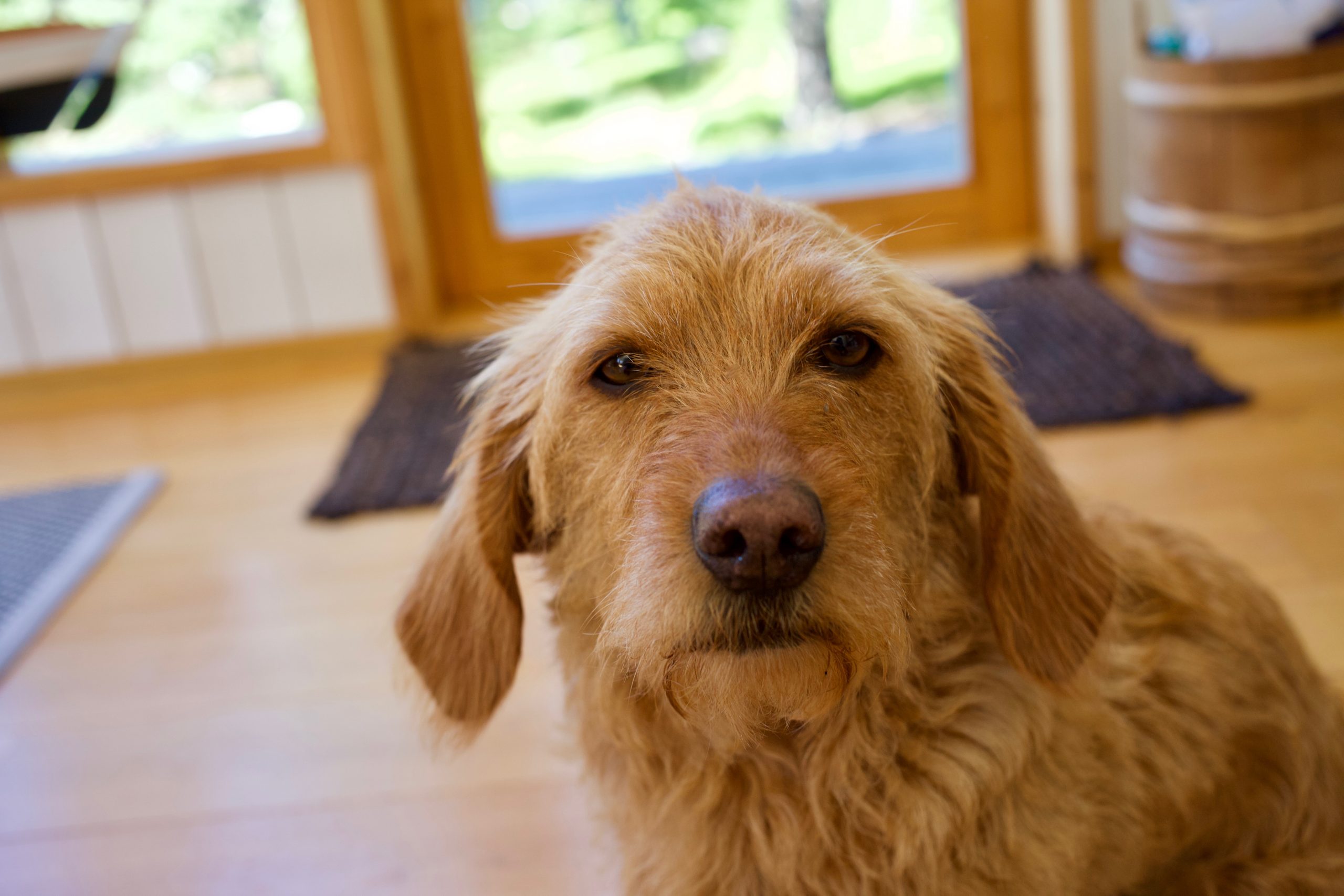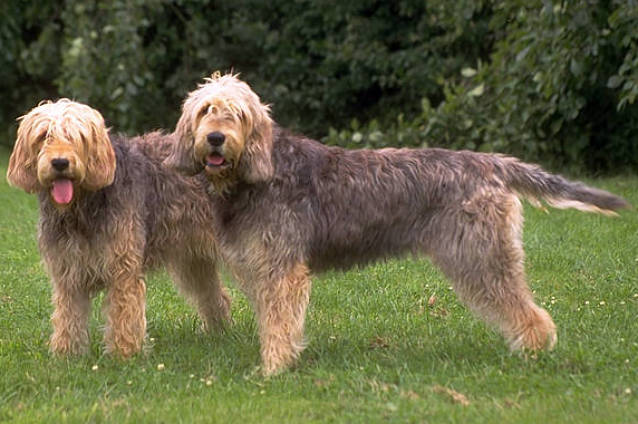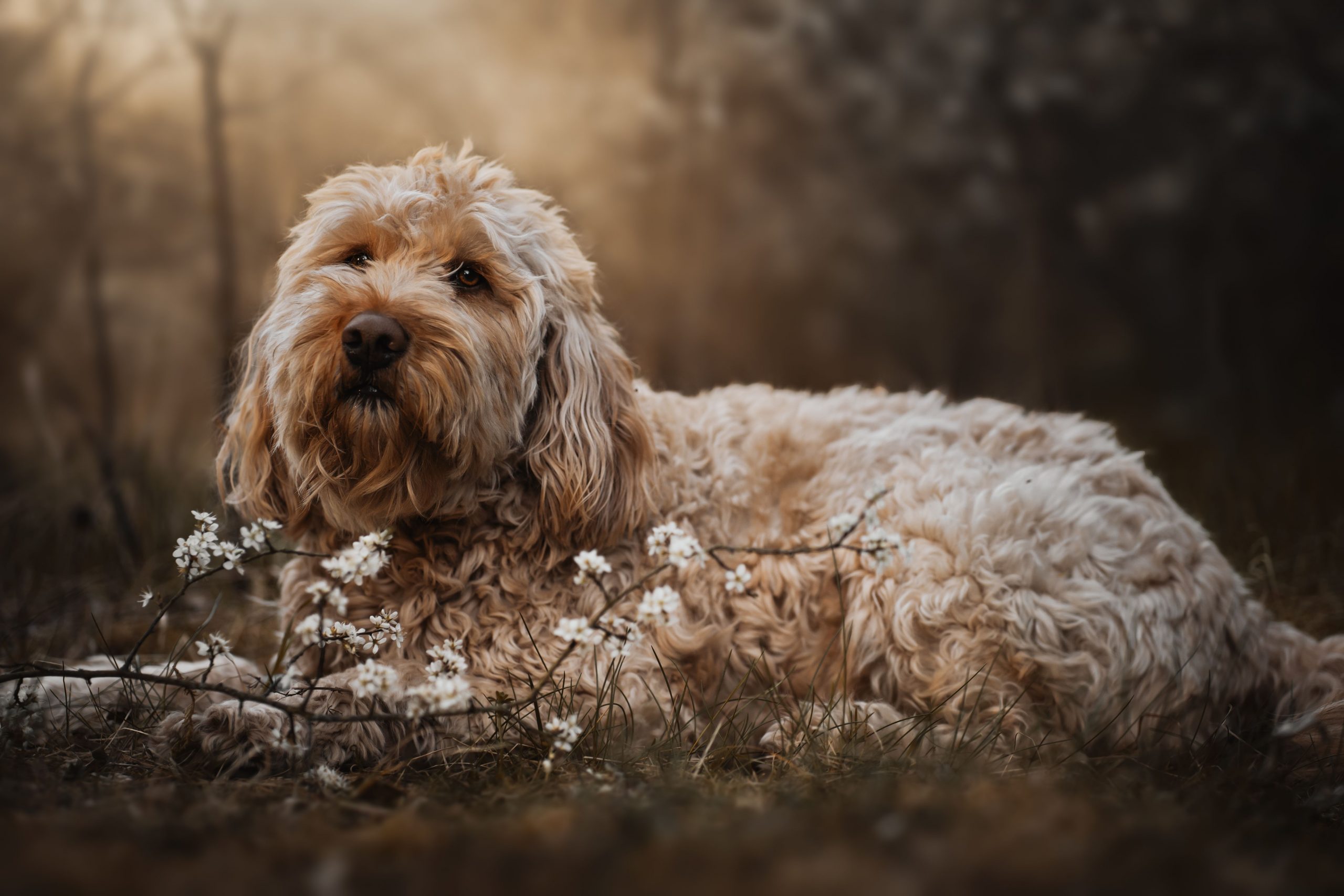Otterhound
No products found which match your selection.
Shelter Dog Meal Donation Count:
No products found which match your selection.
The Otterhound, a rare and playful breed, thrives with active families due to its high exercise needs and affectionate nature. Known for its unique coat and love for water, it’s ideal for outdoor enthusiasts. Owners should be prepared for its grooming and exercise requirements to fully appreciate this charming hound.
Otterhounds are a rare breed, originally bred for hunting otters in England. They have a unique look with their shaggy coat, bushy eyebrows, and beard, making them easily distinguishable. Their webbed feet and waterproof coat make them excellent swimmers.

The Otterhound’s origins can be traced back to medieval England, where it was initially used to control the otter population that threatened fish supplies. However, following the ban on otter hunting, the breed’s popularity significantly declined, contributing to its rarity today.




Generally a healthy breed, but prone to certain genetic conditions like hip and elbow dysplasia. Regular vet check-ups and staying alert for any signs of bloat or joint problems are crucial.
Their thick, water-resistant coat requires regular brushing to prevent matting. Bathing should be done occasionally, as their coat is naturally oily and dirt-resistant.
Otterhounds need plenty of exercise. Daily walks, play sessions, and opportunities to swim are ideal. Their love for tracking can be channeled into fun scent games or training activities.
Early socialization and obedience training are recommended. They respond well to positive reinforcement techniques like treats and praise.
A balanced diet tailored to their size, age, and activity level is important. Be mindful of overfeeding, as they can be prone to obesity.
Caring for an Otterhound is a rewarding experience. These dogs thrive in a loving environment where they can exercise, play, and be a part of family activities. With the right care, an Otterhound makes a loyal, joyful, and unique companion.
Otterhounds, like many purebred dogs, are prone to certain health issues. As a responsible owner, being aware of these common health concerns and the recommended tests can help in ensuring the well-being of your Otterhound.
The iHeartDogs Free Rx Discount Card Program is a pet prescription discount card that can help you save money on your furry friend’s medications. The card is free to sign up for, and you can use it at participating pharmacies nationwide. To use the free program, simply show the card to your pharmacist when you pick up your pet’s prescription. The pharmacist will then scan the card, and you will receive a discount on the price of the medication.LEARN MORE
Caring for an Otterhound, like any dog, involves various expenses. The annual cost can vary widely depending on factors such as your location, the dog’s health and age, and the level of care and lifestyle you provide. Here’s a breakdown of typical expenses involved in caring for an Otterhound:
Total Estimated Annual Cost:
$4000 - $8700
It's important to note that these figures are estimates and can vary. Also, the first year of owning a dog can be more expensive due to one-time costs like spaying/neutering, initial vaccinations, and training. Regular budgeting for your dog's needs and an emergency fund for unforeseen expenses are essential for responsible pet ownership.